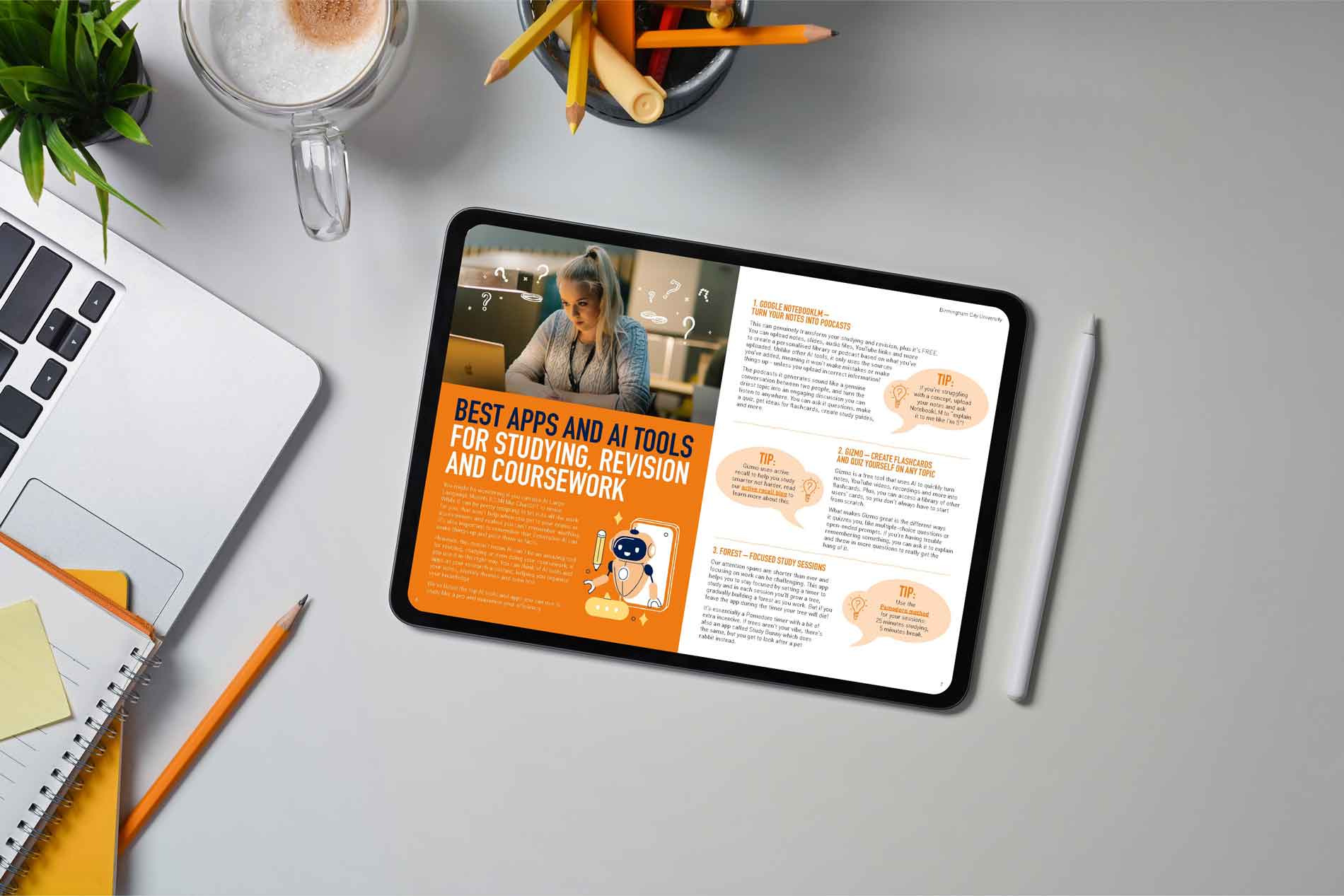So, you’ve finally finished typing up your BTEC assignment — and let’s be honest, you’ve stared at the screen for so long that you never want to see it again. But before you hit submit and walk away forever, have you done that one last check? These five essential tips will help you make sure your work is polished, meets the mark scheme, and maybe even becomes the kind of assignment future students look up to. Here's how to make your BTEC coursework submission shine:
1. Check the BTEC unit specification
Before handing anything in, compare your assignment against the official unit specification. This is your checklist for success - it shows you exactly what topics need to be covered to achieve a Pass, Merit, or Distinction. Use it to check whether you’ve hit the learning outcomes and covered key points.
You can usually find the specification on your exam board's website or you can ask your tutor for it.
2. Break down your assignment brief
Before you do a final check, go back to your assignment brief. This document is more than just a title – it often contains hidden clues about what your tutor is really looking for.
- Highlight the command words like explain, analyse, evaluate and make sure you've done what's been asked
- Break the brief into smaller tasks or questions so you can check if you’ve answered everything clearly.
- Make sure each section of your assignment links back to the question. This step helps you stay focused and ensures your work is relevant, on-topic, and tailored to the marking criteria.
3. Ask someone to read it
Sometimes, you're too close to your work to notice what doesn’t make sense. Ask a teacher, friend, or family member to read it through. Check if:
- They can follow your argument
- It's clear, logical and comes to a good conclusion
- They spot any grammar or spelling mistakes.
A fresh pair of eyes can catch small mistakes and help improve your assignment’s clarity and flow.
Bonus tip: If you don't have someone to check it for you, you can use an app or Google Translate to read it back to you and software such as Grammarly to check your spelling and grammar.
Want more exam and revision tips?
Sign up now and we'll email you regular updates with top revision tips and tricks that are proven to help you achieve top grades and beat procrastination.
4. Format Like a Pro
Presentation matters! A well-formatted assignment not only looks more professional but also makes it easier for your tutor to follow your points. Make sure you:
- Use consistent fonts, sizes and spacing
- Add clear headings and subheadings to break up long chunks of text.
- Don’t forget to include your name, student number, unit title, and page numbers.
A clean, well-structured layout shows that you’ve taken care with your work and it helps your assignment stand out for all the right reasons.
5. Get your references right
If you’ve used external sources like articles, books or websites (not Wikipedia!), you need to reference them properly, otherwise, you could lose marks.
The first step is to ask your teacher which referencing system you should be using. Most BTEC courses use the Harvard Referencing system. We've put together a handy guide that will help you reference your sources correctly and avoid plagiarism!
How to get a distinction in your BTEC
Wondering how to achieve a distinction in your BTEC assignments? We’ve written a whole guide on how to hit the top marks.







